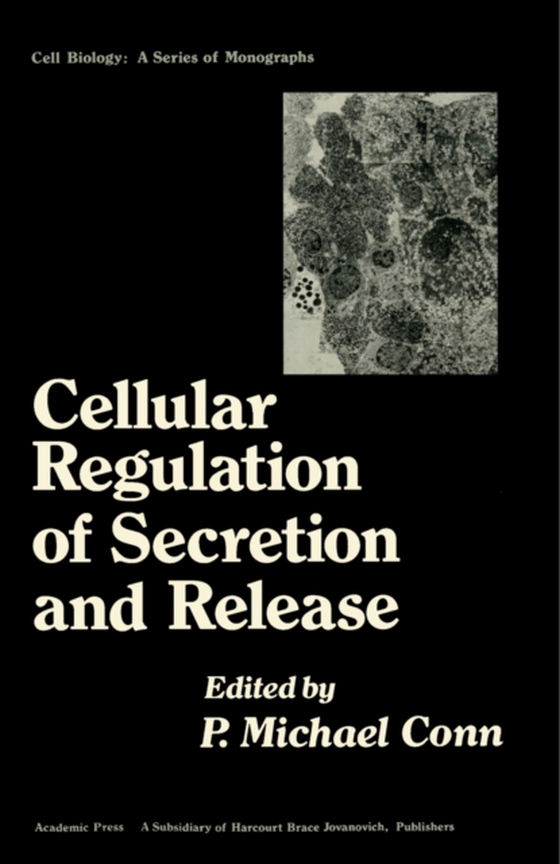
Cellular Regulation of Secretion and Release e-bog
619,55 DKK
(inkl. moms 774,44 DKK)
Cellular Regulation of Secretion and Release is a compilation of papers that deals with the processes in cellular perception of stimuli and the response to them. Part I describes the receptor occupancy and regulation of stimulus through the use of video image intensification techniques. This part also explains a model for the transmembrane regulation of adenylate cyclase that shows the mechan...
E-bog
619,55 DKK
Forlag
Academic Press
Udgivet
24 september 2013
Længde
610 sider
Genrer
PSF
Sprog
English
Format
pdf
Beskyttelse
LCP
ISBN
9781483273563
Cellular Regulation of Secretion and Release is a compilation of papers that deals with the processes in cellular perception of stimuli and the response to them. Part I describes the receptor occupancy and regulation of stimulus through the use of video image intensification techniques. This part also explains a model for the transmembrane regulation of adenylate cyclase that shows the mechanisms that cells use in sensing and responding to extracellular conditions. Part II discusses the early responses of secretory cells including changes in phospholipid metabolism, in electrophysiological events, and in macromolecular carboxymethylation. One paper suggests that protein-carboxyl methylase has a role in neurotransmission and secretion whether as a part of the exocytotic process or just a help to regulate the process. Part III addresses the role in secretion of the subcellular architecture particularly as regards the role of the cytoskeleton in endocrine function or insulin secretion and cytoskeletal proteins. Part IV discusses the synthesis, processing, and storage of secretory products, including the role of signal peptides, their properties, and interactions. Part V addresses the mechanisms and modulation of secretion and release in a study of Leydig cells. One paper concludes that the regulation of release, through dopamine and TRH factors, can have more than one mechanism of action. This book can be useful for cellular microbiologists, bacteriologists, endocrinologists, researchers, and academicians in the biochemistry and in reproductive medicine.
 Dansk
Dansk

